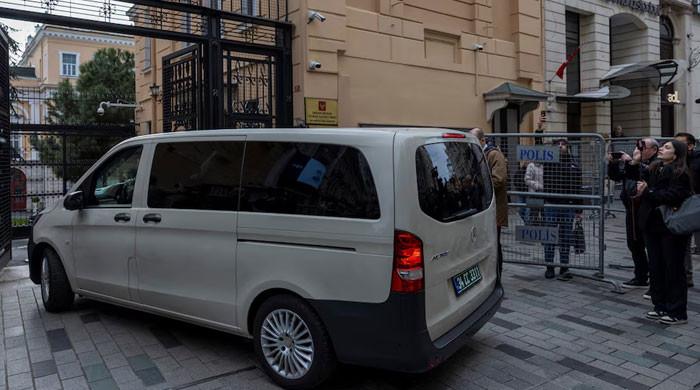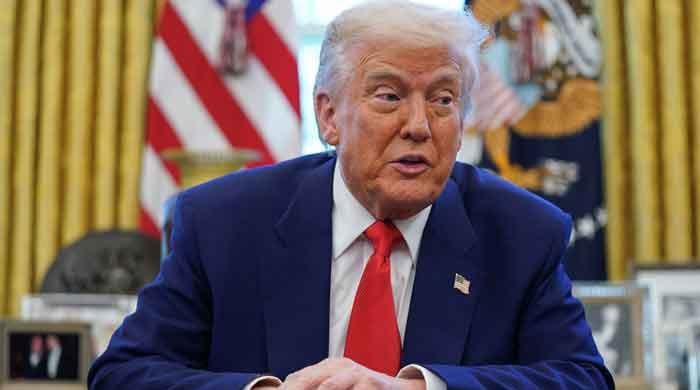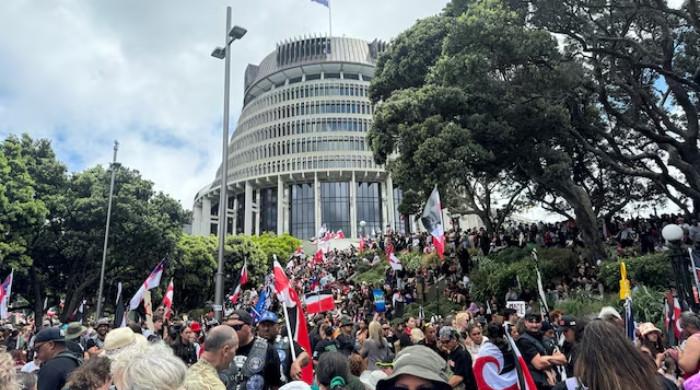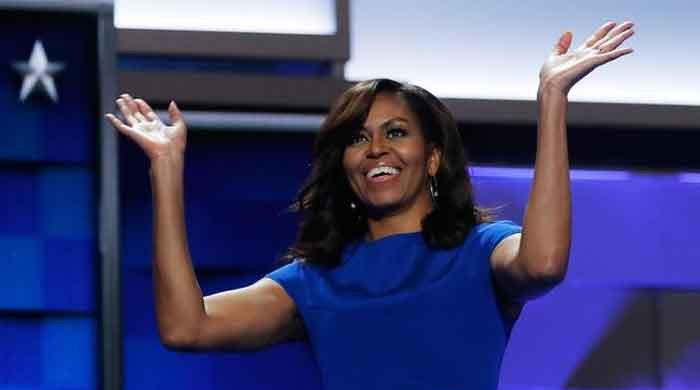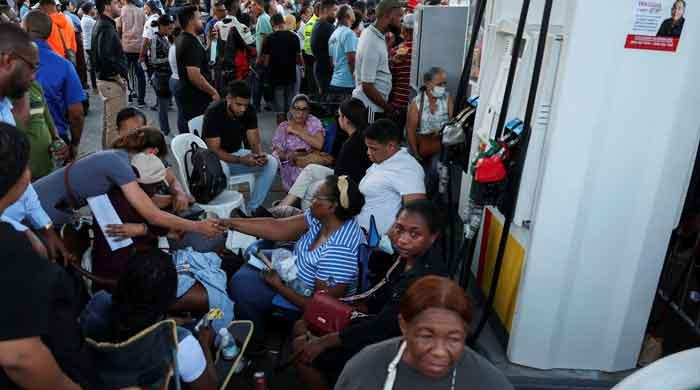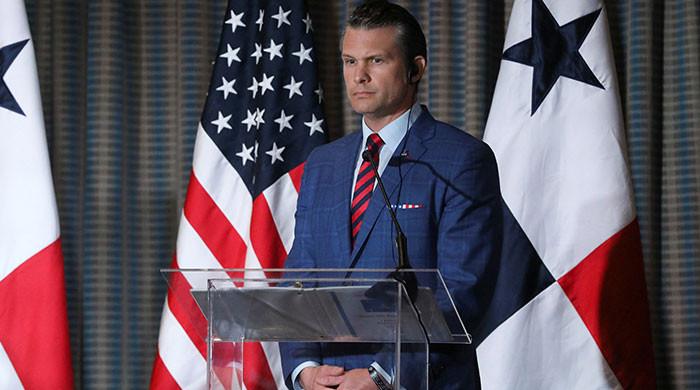A timeline of the historic Afghanistan peace talks
Peace talks between the Afghanistan government and the Taliban are set to begin today
September 12, 2020

The talks between the Afghanistan government and the Taliban did not come about easily. Here is a timeline of events that took place since February 2020 when the US and the group signed a historic peace accord in Doha earlier this year.
Historic deal
On February 29, 2020, the US and the Taliban sign an agreement in Doha in which all foreign forces are supposed to quit Afghanistan by May 2021 provided the Taliban start talks with Kabul and adhere to other guarantees.
The talks between the Taliban and the Afghan government are due to start on March 10.
The deal requires the Afghan government — not a signatory to the accord — to free 5,000 Taliban prisoners, and for the insurgents to release 1,000 pro-government captives in return.
The Taliban make the release of prisoners a precondition for any future discussions.
Political crisis
On March 9, Afghanistan plunges into crisis after head of state Ashraf Ghani and his rival and former minister Abdullah Abdullah both declare themselves winners in the presidential election.
Ghani and Abdullah sign a power-sharing deal on May 17, ending their bitter months-long feud. Abdullah takes the role of leading the peace negotiations.
US retreat
On March 10 the US army begins pulling out troops from two bases -- in Lashkar Gah, the capital of Helmand province in the south, which is considered a Taliban stronghold, and another base in Herat in the west.
First meeting
On March 31 and April 1, a Taliban delegation meets government officials in Kabul to discuss the prisoner exchange after the administration drags their feet starting the process.
Prisoner swap
On April 8 Kabul begins to release the Taliban prisoners.
Four days later the insurgents begin their own release of Afghan security force captives.
Surprise ceasefire
On May 23, in a surprise move, the Taliban announce a three-day ceasefire during the Eid al-Fitr holiday, which marks the end of Ramadan.
It is only the second ceasefire since the US-led international coalition ousted them from power in 2001.
As a sign of encouragement, Afghan authorities release some 900 Taliban prisoners.
On July 28 the Taliban announce another three-day ceasefire.
Hundreds of Taliban prisoners are subsequently released.
'Loya jirga'
On August 9, a "Loya jirga" -- a traditional Afghan meeting of tribal elders and other stakeholders -- agrees to the release of about 400 controversial militant prisoners, including some tied to the killings of Western troops.
Peace talks
On September 3 Kabul and the Taliban announce the prisoner swap is nearly complete.
Peace negotiations are cleared to begin after the fate of a final six militants is resolved on September 10.
On September 11 Afghan government negotiators leave for Doha to hold peace talks with the Taliban on Saturday.




